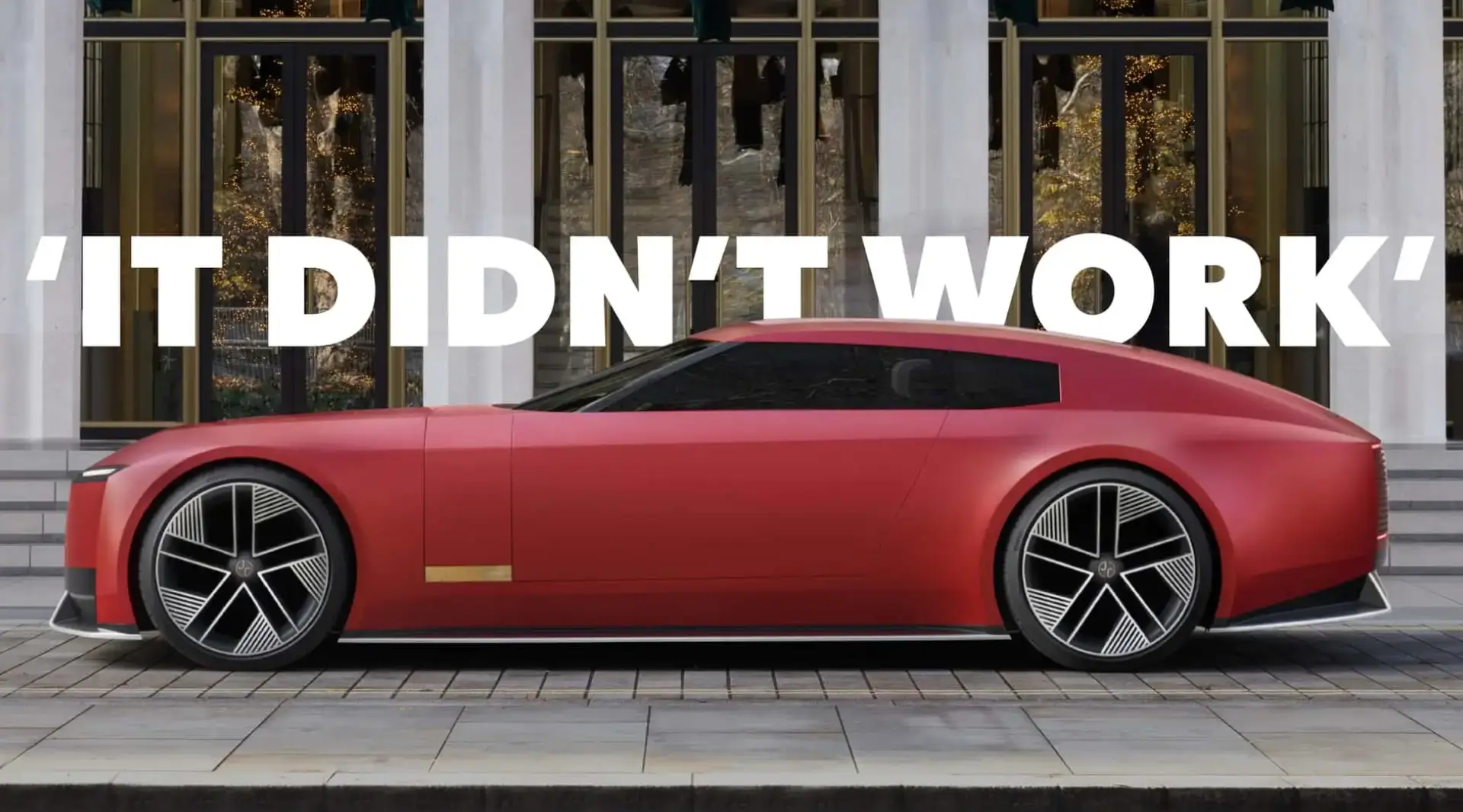Budweiser History and Marketing Strategy: The King of Beers' Empire
Updated on
Published on
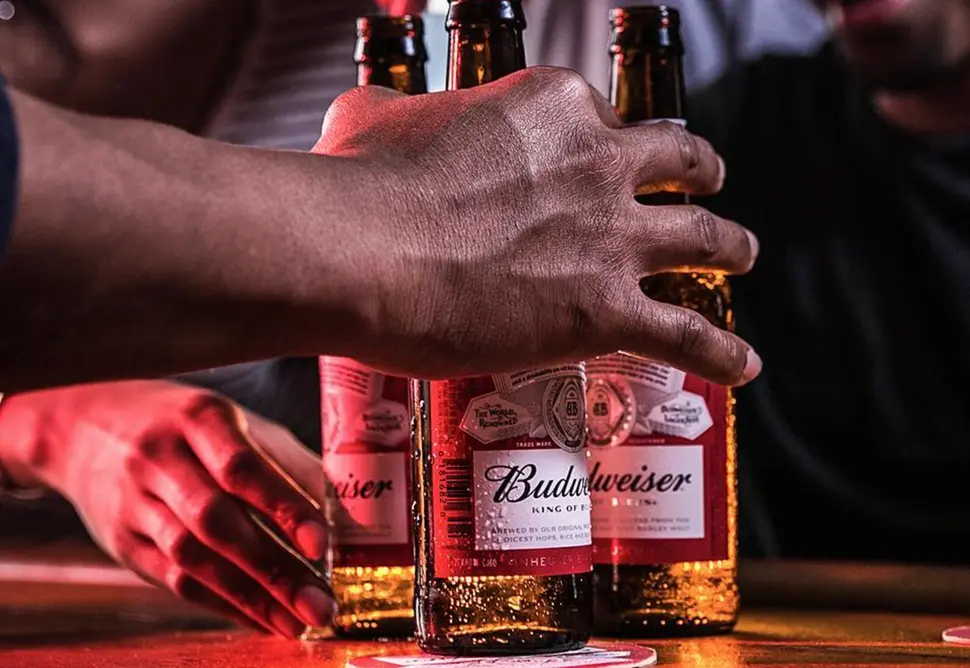
The story of Budweiser history begins in St. Louis in 1876, when Adolphus Busch introduced a new style of beer to the American public. Inspired by Bohemian lager, Budweiser was one of the first beers in the U.S. to be pasteurized, which allowed for nationwide distribution before refrigeration was widespread. Its smooth, drinkable flavor became synonymous with American refreshment. Over time, Budweiser became one of the most iconic beer brands in the world, cementing its place in brewing history. Image Credit: Budweiser
- Budweiser was one of the first pasteurized beers for mass distribution
- The brand became a household name by the early 1900s
Budweiser’s Rise as the King of Beers
The phrase “King of Beers” wasn’t just a marketing tagline—it was a declaration of dominance. Budweiser positioned itself early on as a premium yet approachable beer, leveraging its European inspiration and American pride. By the mid-20th century, Budweiser had become the most consumed beer in the U.S., thanks to its mass production, consistency, and recognizable red and white branding. This positioning became a central piece of Budweiser success as it expanded globally.
- Budweiser positioned itself as both premium and accessible
- The brand’s visual identity and slogan became cultural staples
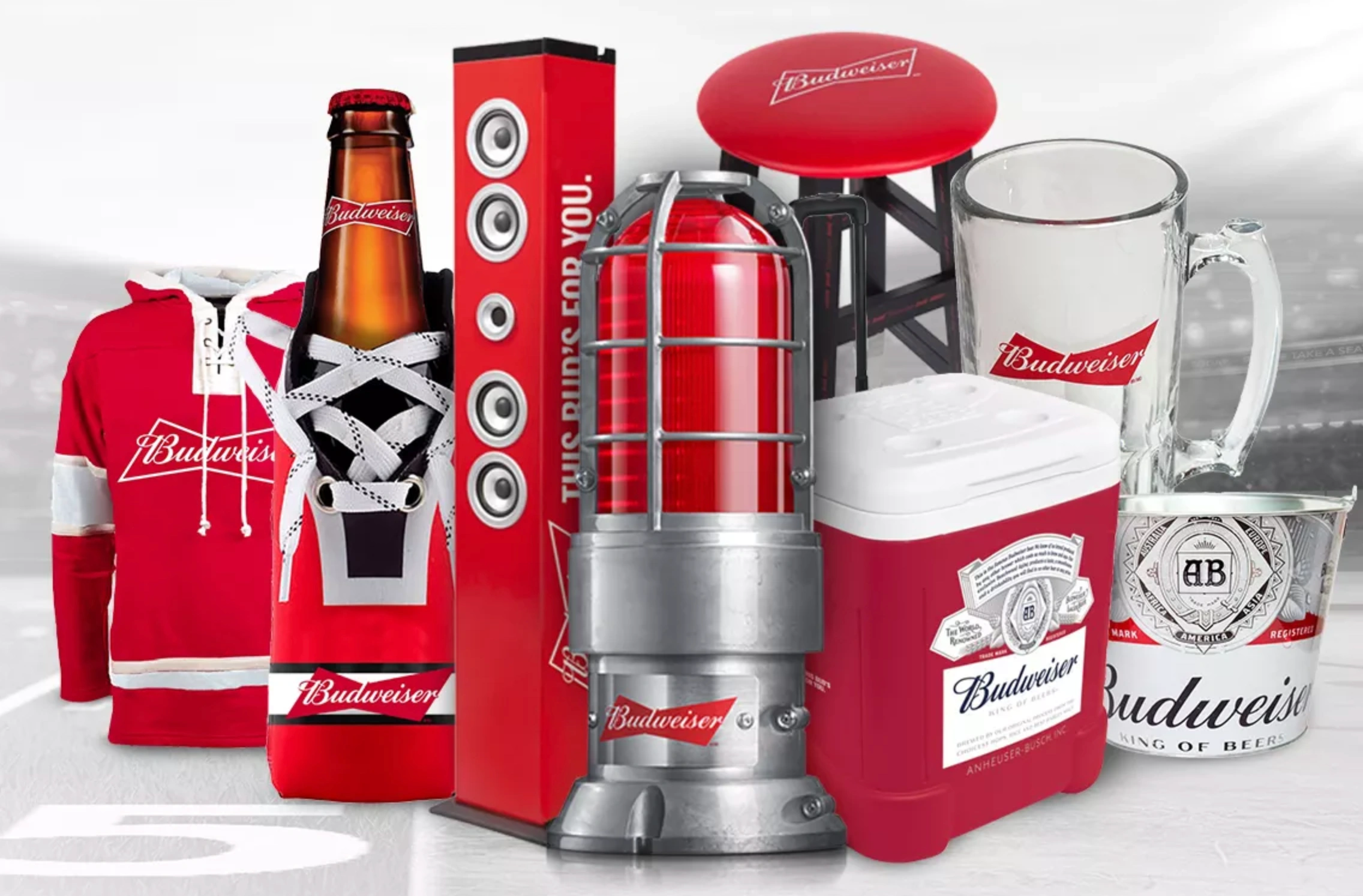
Budweiser Marketing Strategy: Building an Americana Icon
The Budweiser marketing strategy has long been rooted in emotional branding, lifestyle imagery, and mass appeal. From the nostalgic Clydesdales to high-energy sports sponsorships and classic American iconography, Budweiser leaned into themes of tradition, masculinity, patriotism, and celebration. The brand didn’t just sell beer—it sold a feeling, an occasion, and a memory. This emotional resonance became a cornerstone of Budweiser success.
- Marketing focused on identity and tradition rather than product features
- Emphasized emotional connection with ads that spanned generations
The Super Bowl Playbook: Ad Creativity on Full Display
Budweiser’s reputation for emotional and funny commercials began to solidify during its consistent presence in Super Bowl advertising. Campaigns like “Whassup?,” “Frogs,” “Wassabi,” and “Puppy Love” became part of pop culture. Perhaps more than any brand, Budweiser proved that commercials could generate long-term brand loyalty. Each ad was crafted to either make people laugh, cry, or feel proud—always keeping Budweiser top-of-mind.
- Iconic Super Bowl ads elevated the brand’s emotional equity
- Budweiser leveraged humor and heart to stay relevant for decades
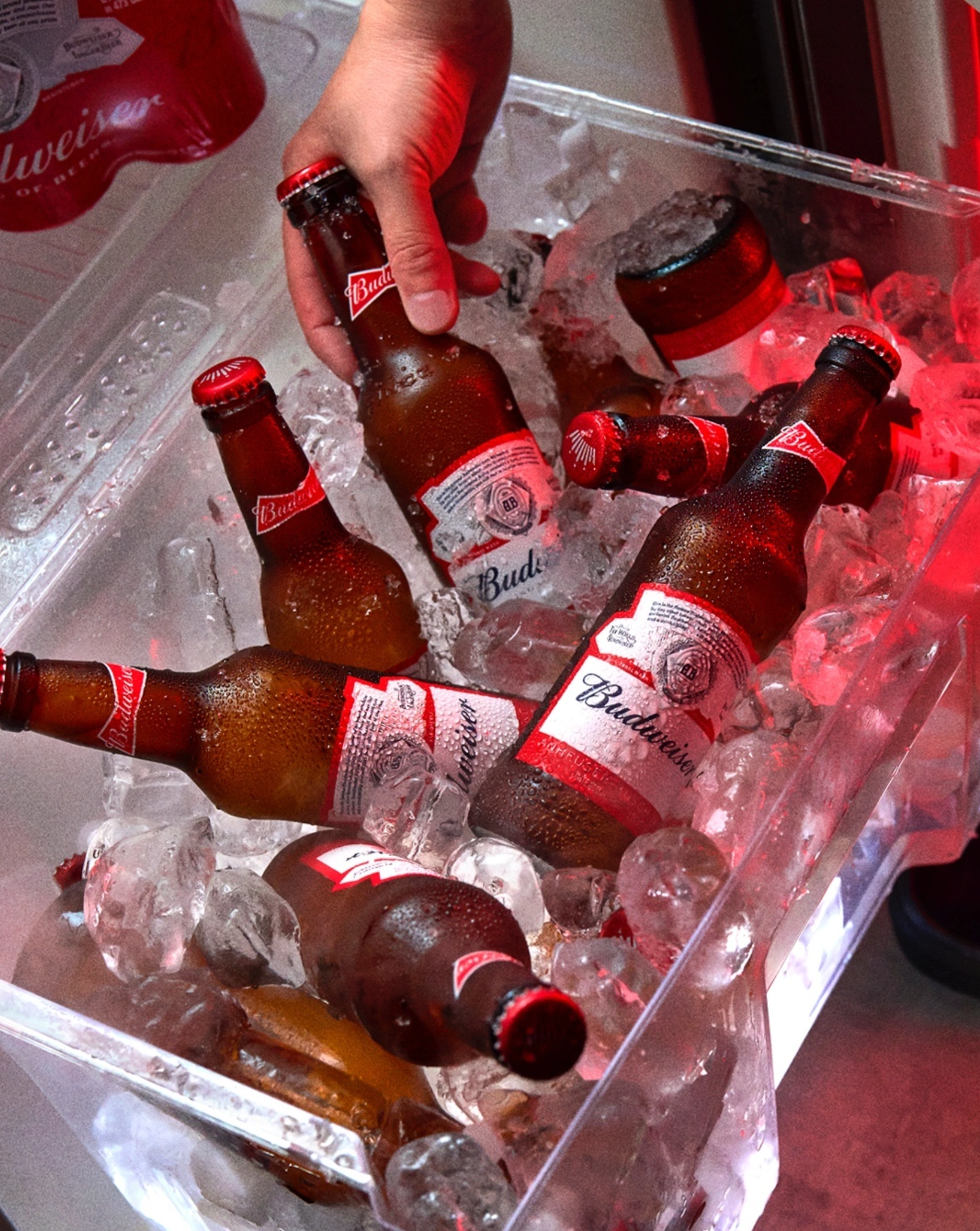
Reinventing for Gen Z and Millennials
While nostalgia worked for previous generations, Budweiser had to evolve for a younger audience. The brand shifted its Budweiser marketing strategy toward digital content, influencer campaigns, and purpose-driven messaging. Recent campaigns have focused on diversity, sustainability, and community-building. TikTok activations, Instagram reels, and digital-first advertising now play a significant role in how Budweiser speaks to new drinkers.
- Marketing shifted toward authenticity, inclusion, and digital storytelling
- Gen Z-focused content helped reintroduce Budweiser to younger consumers
Sports Partnerships That Built Brand Loyalty
Sports have been a major pillar in Budweiser marketing strategy. For decades, the brand has partnered with the NFL, MLB, FIFA, and NASCAR to keep its name closely tied to moments of celebration. From Super Bowl parties to stadium signage, Budweiser became the beer of the big game. These investments solidified Budweiser’s place not just as a beverage, but as a lifestyle symbol among sports fans. Budweiser has partnerships with icons like Lionel Messi, Paul Londra and Roberto Carlos
- High-profile sponsorships built long-term brand visibility
- Budweiser became synonymous with sports-viewing occasions
International Expansion and Global Brand Power
While Budweiser is undeniably American in origin, its global strategy has made it one of the most recognized beer brands in the world. From Latin America to Asia, Budweiser used major music festivals, global sporting events, and strategic licensing to make inroads in international markets. Localization efforts, like region-specific packaging and targeted messaging, allowed the brand to grow while maintaining its core identity.
- Used sports and music events to expand internationally
- Customized marketing to local audiences without losing global identity
Innovation in Product Development
To stay competitive in an ever-growing beverage market, Budweiser expanded its product line with variations like Bud Light, Budweiser Zero, and flavored seltzers. These extensions helped the brand appeal to consumers looking for low-calorie, alcohol-free, or trendier options. Special edition packaging and seasonal flavors also played a role in keeping Budweiser on shelves and in conversations.
- Product diversification kept the brand fresh and relevant
- Innovation drove appeal across a wider range of consumers
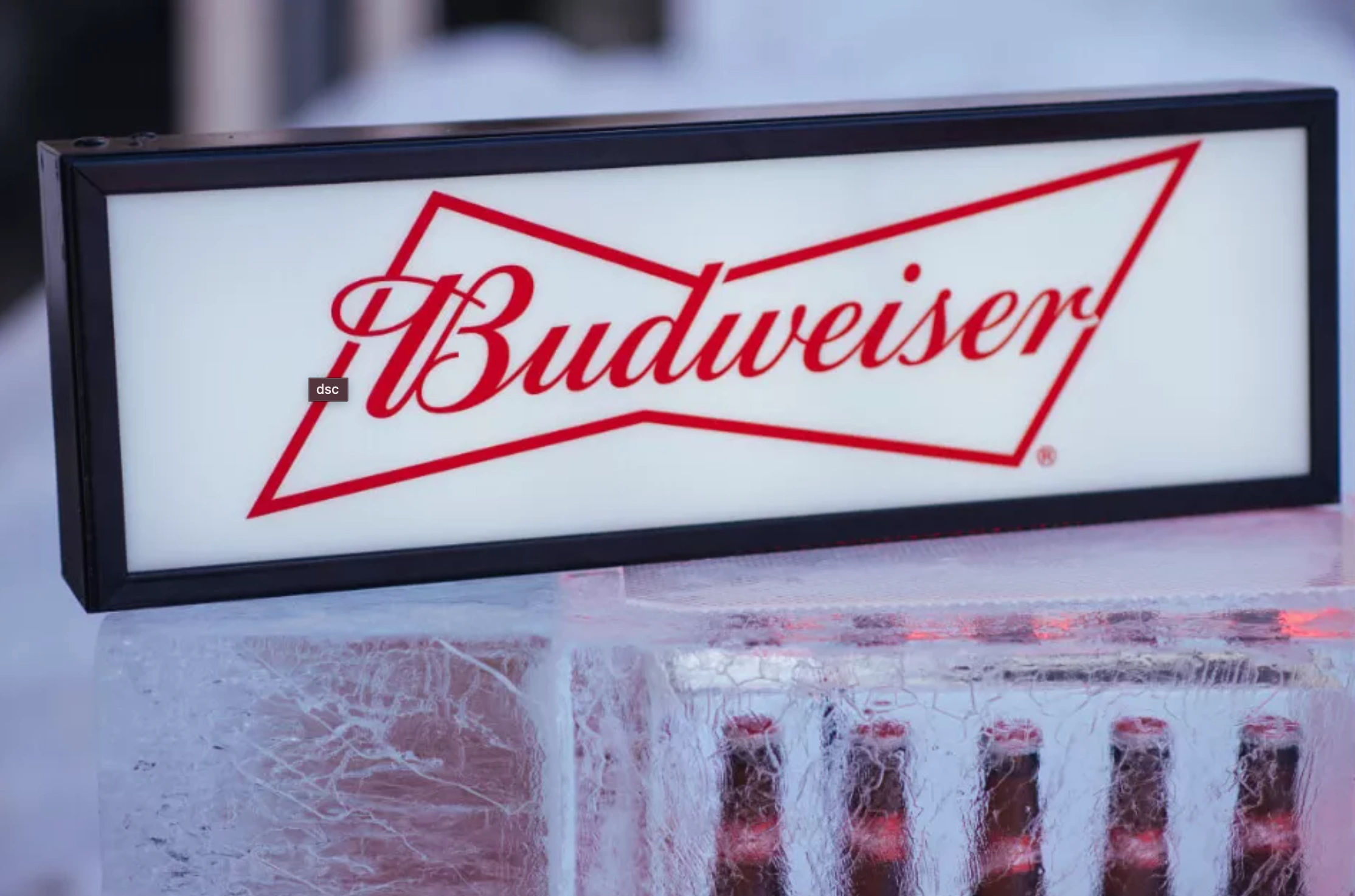
Crisis & Controversy: Learning Through Backlash
Like many long-standing brands, Budweiser has weathered its fair share of controversy. From market share drops to political backlash and public scrutiny, the brand’s response has typically leaned into its historical image, trust, and resilience. Following missteps, Budweiser often returns to heritage-driven campaigns that reinforce its identity, reminding consumers why it earned loyalty in the first place.
- Crisis recovery often includes re-centering on tradition and loyalty
- Brand resilience is tied to deep-rooted public trust built over generations
Budweiser Success: The Formula That Still Works
Ultimately, Budweiser success isn’t about having the flashiest ad or the most viral TikTok. It’s about building decades of trust, crafting powerful emotional connections, and knowing when to evolve. Budweiser’s blend of tradition and innovation allows it to stay relevant in a saturated market. Its identity as “The King of Beers” still resonates—because Budweiser was never just a drink, it was a cultural experience.
- Brand consistency, emotional branding, and global awareness define success
- Budweiser continues to evolve without losing its foundational identity
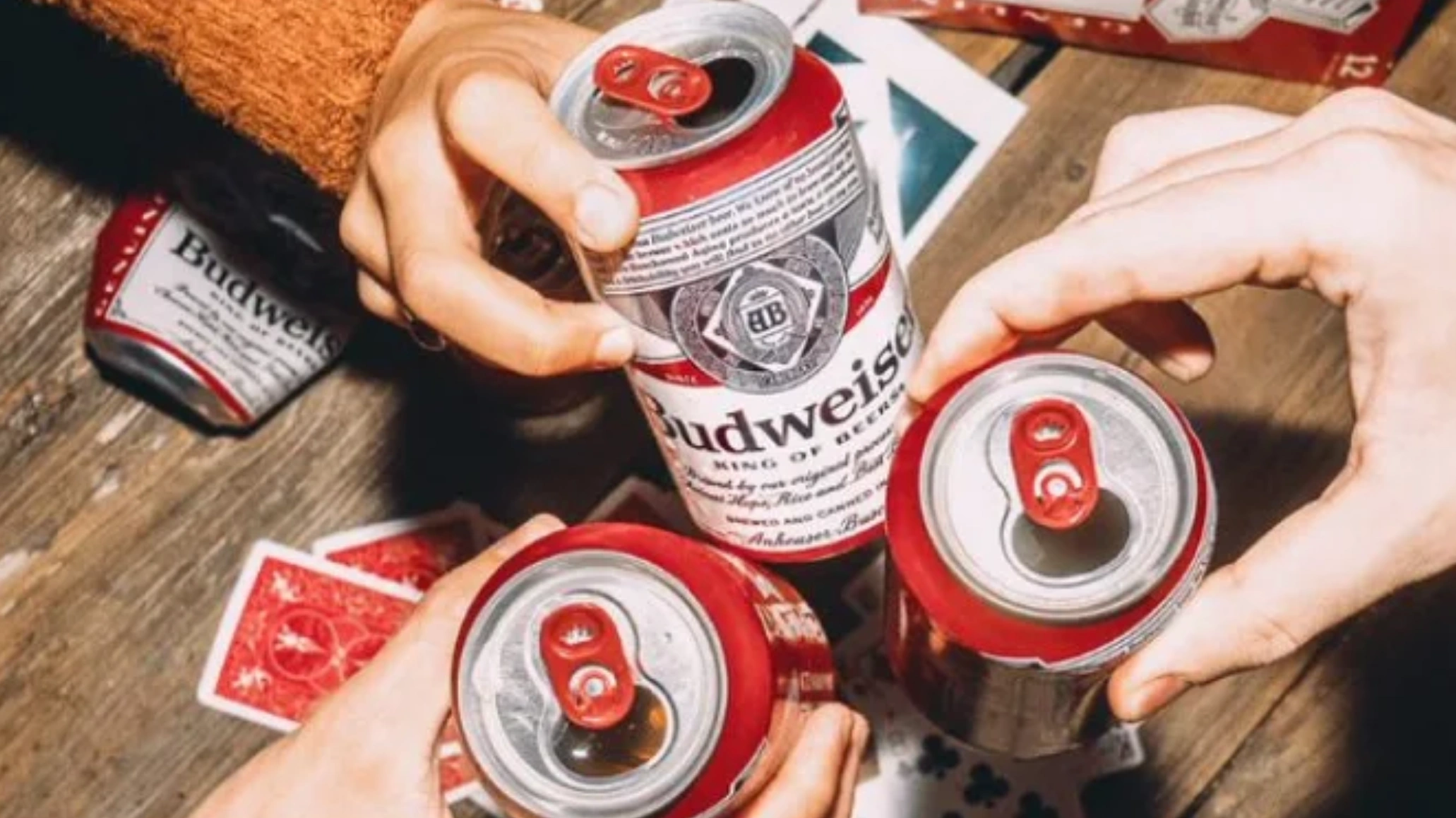
FAQ
What is the origin of Budweiser?
Budweiser was first brewed in 1876 in St. Louis, Missouri, by Adolphus Busch as a light, lager-style beer inspired by Bohemian brewing traditions.
How has Budweiser marketing changed over time?
Budweiser marketing evolved from TV and print to digital and influencer marketing, shifting its message to focus on emotion, inclusion, and authenticity.
Why is Budweiser considered “The King of Beers”?
The slogan reflects Budweiser’s dominance in brewing, marketing, and consumer trust throughout the 20th century and into the modern era.
What is Budweiser’s most iconic ad campaign?
“Whassup?” and the Budweiser Clydesdales are among the most iconic campaigns in advertising history, helping shape pop culture.


